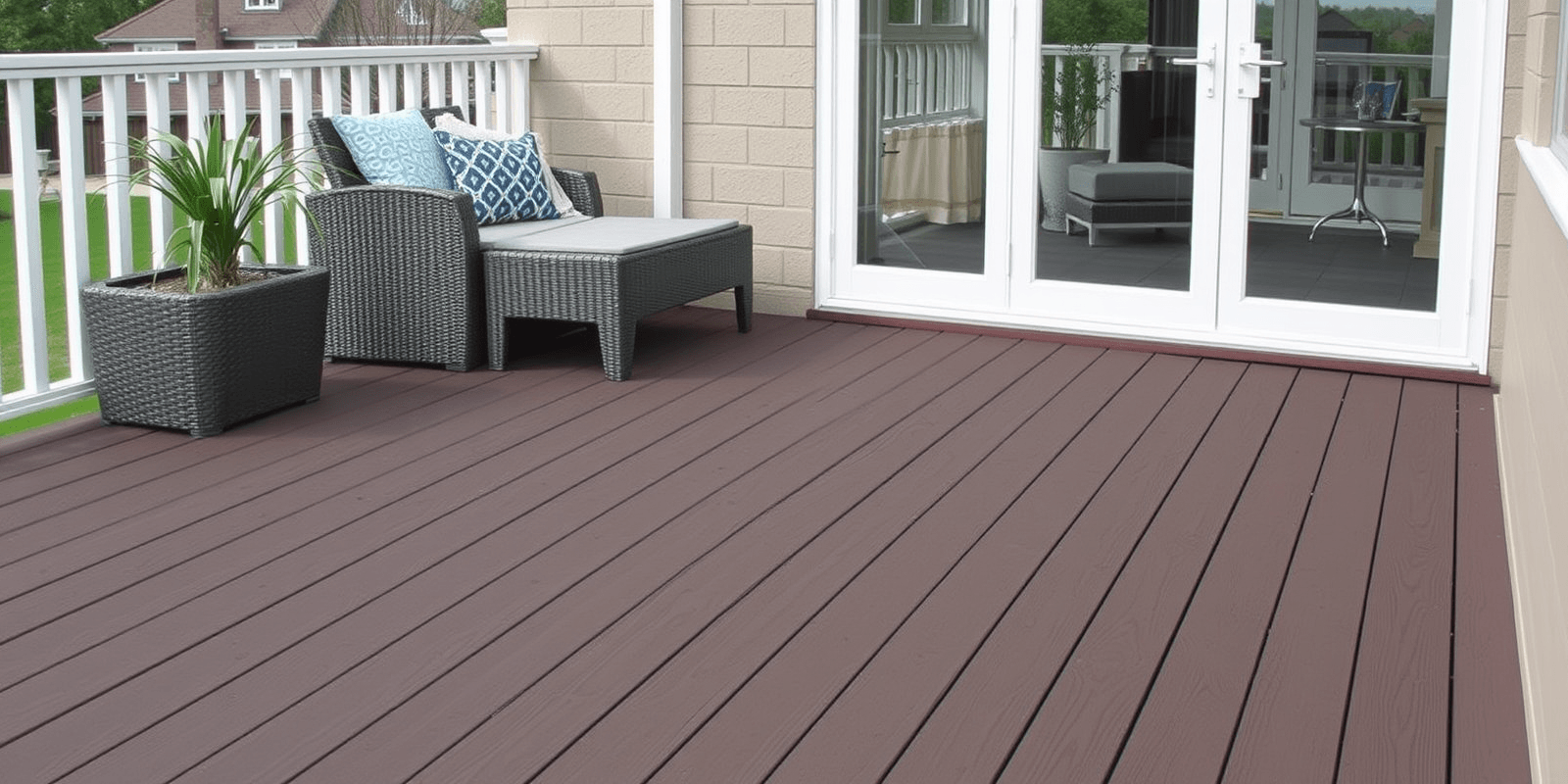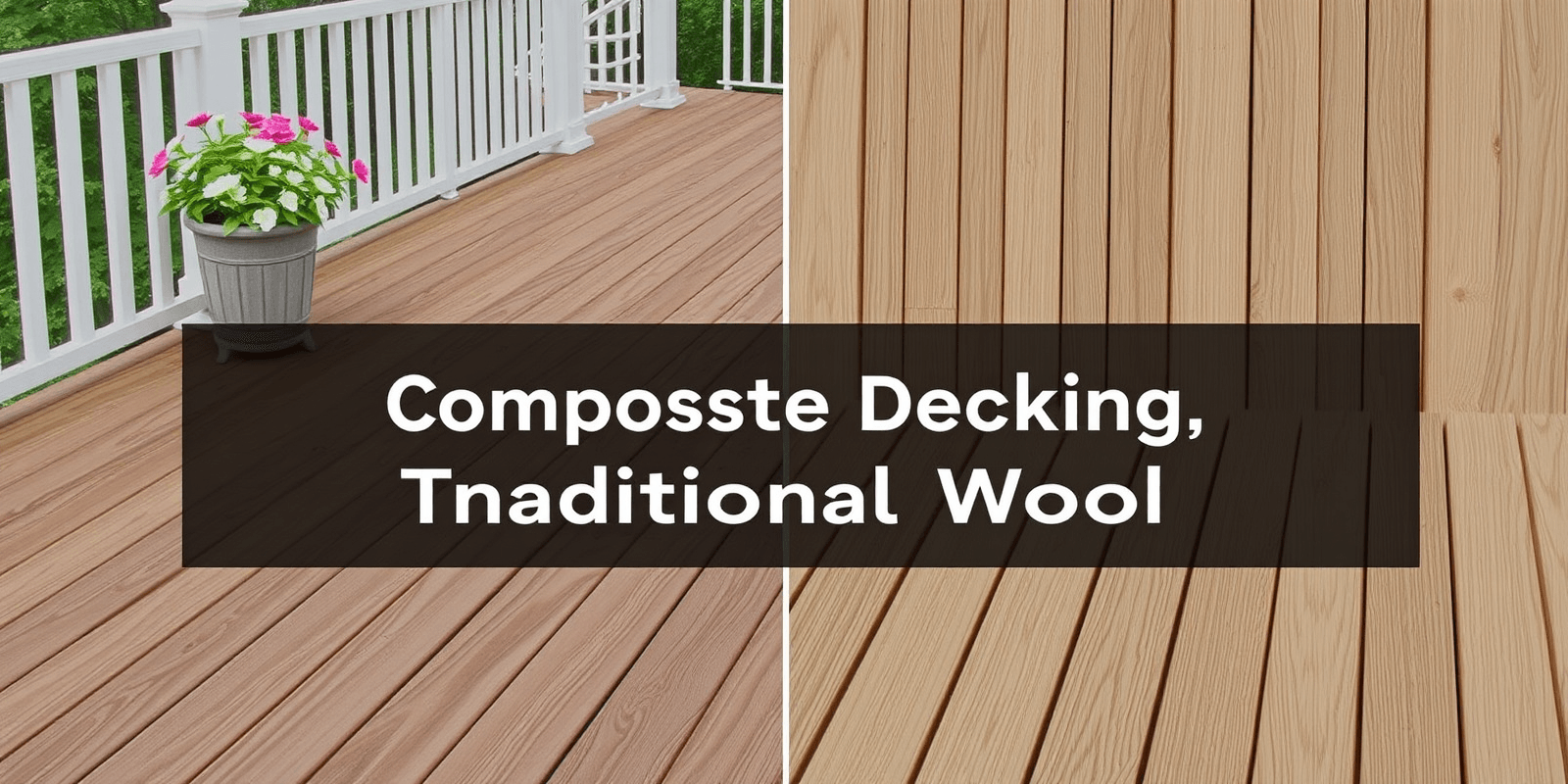Comparing Composite Decking Costs: A Comprehensive Guide
Introduction to Composite Decking
Composite decking has emerged as a popular alternative to traditional wooden decks, primarily due to its enhanced durability, lower maintenance requirements, and environmentally friendly attributes. This guide aims to provide a comprehensive comparison of the costs associated with composite decking versus traditional wood decks, while also delving into the benefits of composite materials in terms of longevity, upkeep, and sustainability.
Initial Costs: A Closer Look
The initial cost of composite decking is often higher than that of traditional wood decks. According to a study by HomeAdvisor, the average cost to build a composite deck ranges from $25 to $45 per square foot, compared to $15 to $35 for pressure-treated wood. However, these figures can vary significantly based on factors such as location, quality of materials, and complexity of design. For instance, premium brands of composite decking can cost upwards of $50 per square foot, whereas basic wood options may be as low as $10 per square foot.
Long-Term Costs: The Real Picture
While the upfront costs of composite decking might seem daunting, the long-term savings become evident over time. Traditional wood decks require regular staining or painting every two to three years, along with frequent inspections and repairs to address rot, insect damage, and weathering. In contrast, composite decks are resistant to moisture, insects, and UV rays, which minimizes the need for ongoing maintenance. A report from the University of Minnesota Extension found that composite decks typically last between 20 to 30 years with minimal upkeep, compared to the 10 to 20 years lifespan of untreated wood decks.
Environmental Impact
From an environmental perspective, composite decking offers several advantages. Made from recycled plastic and wood fibers, composite materials reduce landfill waste and the demand for new timber. Additionally, composite decking does not require chemical treatments like pressure-treated wood, which can leach harmful substances into the soil and waterways. Research conducted by the National Institute of Standards and Technology (NIST) indicates that composite decking can contribute to sustainable building practices, aligning with green construction standards and certifications.
Real-World Examples and Case Studies
To illustrate the cost-effectiveness and benefits of composite decking, consider the case of the Smith family in California. They initially opted for a traditional wood deck but soon found themselves spending considerable time and money on maintenance. After switching to a composite deck, they reported significant savings on both material and labor costs over the past decade. Similarly, a commercial project in New York City, the Empire State Building’s rooftop garden, utilized composite decking for its longevity and aesthetic appeal, requiring minimal intervention over its operational life.
Conclusion
In conclusion, while the initial investment in composite decking may be higher than that of traditional wood decks, the long-term savings and benefits make it a worthwhile choice. The durability, low maintenance requirements, and positive environmental impact of composite materials justify the higher upfront costs. By considering these factors, homeowners and builders can make informed decisions that enhance the value and sustainability of their outdoor spaces.
Reference
HomeAdvisor, University of Minnesota Extension, National Institute of Standards and Technology (NIST).



